How Strip Centers Are Staying Relevant
Brett Heimes of DP Management/TCN Worldwide on why this retail category remains viable for investors.

Brett Heimes, Director of Retail Leasing, DP Management/TCN Worldwide. Image courtesy of DP Managemen/TCN Worldwide
After two terrible years—when stores closed due to lockdown mandates and foot traffic plummeted—the retail industry has had to reinvent itself to gain its customers back. Shopping malls expanded their offerings to include more gyms, entertainment spaces and theme parks, but other types of retail spaces are also undergoing significant changes.
Commercial Property Executive reached out to DP Management‘s Director of Retail Leasing Brett Heimes and asked him to share his thoughts on how strip centers can stay relevant in today’s business climate. The TCN Worldwide member has a significant presence in the Midwest, with its portfolio currently encompassing more than 30 strip centers and malls.
READ ALSO: How DJM Retooled Its Retail Investment Strategy
What mix of retailers do you find works best for your strip malls nowadays?
Heimes: Having the right mix of retailers is one of the most crucial components to having a successful retail center. A strong lineup of tenants will complement each other’s primary use as well as provide diversity in the various retail sectors: grocery, apparel, sporting goods, entertainment, hospitality and service-oriented tenants, among others. Centers that can achieve this mix of tenants will be able to provide shoppers with an enjoyable and effective shopping experience and, therefore, allow the tenants to achieve their sales objectives.
What keeps shoppers engaged and makes them return to strip centers?
Heimes: Beyond having the right stores for shoppers to come and visit, the physical look and feel is equally important in keeping them engaged and returning on a frequent basis. The center should have excellent lighting for safety during the evenings, a clean and well striped parking lot, quality and appropriate landscaping, as well as good directional signage. As a landlord, it is of the utmost importance to ensure the customer has a clean, safe and comfortable experience while shopping at our centers.
Offering free events or marketing that drive traffic to the center should be a priority, as well. Events and holiday décor add to the environment and shopper experience.
How do you respond to those who question strip centers’ design?

Shoppes of Fremont, a strip center in Fremont, Neb., part of DP Management’s portfolio. Image via Google Street View
Heimes: Shopping centers need to be in a constant state of updating the façades, landscaping and design to keep them fresh and appealing to retailers and shoppers. Just fresh paint or new signage goes a long way. I would also add to those that question the strip center’s design: The current trend in retail is to essentially convert traditional malls into strip and lifestyle centers, allowing for easier direct access to them.
Do you have any tips when it comes to improving a strip center’s vacancy rate? How do you attract new tenants?
Heimes: In today’s retail environment, getting deals done with national tenants can be extremely expensive to complete the landlord’s expected work. In the effort to combat these costs, our company has been successful in working with the various municipalities in getting some form of tax incentive-based programs, including TIF, EEA or CID for the landlord. These mechanisms assist the landlord in being able to negotiate terms with the tenants in order to attract them to the center. With a lineup of strong national retailers, more local businesses typically want to be in the same centers, therefore, reducing vacancy.
What are the most difficult aspects when negotiating a new lease today?
Heimes: Negotiating national retail leases is a complex process, with several major points that are important on both sides of the table. Landlords are concerned about getting enough revenue from the lease to offset their investment into the project while still being able to do what they want with their center. Tenants are concerned with keeping their rent in line with their projected sales, keeping their cost of occupancy within their objectives, while also wanting the center to remain at a high level.
This being said, rents, costs of build, co-tenancy, exclusives and prohibitive uses are the areas that seem to be the most difficult to bridge, however, successful negotiations will hopefully allow for a lease that both parties are comfortable with.
Most of your strip centers, 14 out of the total of 24, are in Nebraska. Do you plan on continuing to focus on this asset type? Or are there any other property types you’re eyeing in the state?
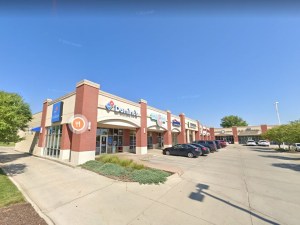
Skyline Pointe, a strip center in Elkhorn, Neb., part of DP Management’s portfolio. Image via Google Street View
Heimes: Our company will continue to see value in the strip center category. However, we will also focus on the redevelopment of existing centers that can be converted from single large boxes and enclosed shopping centers into viable multi-tenant assets with national retail and grocery leading the way. The revitalization of these centers is more cost-effective than new construction. We will also continue to assist our clients in this arena.
DP Management also has multifamily assets in its portfolio. What is your stance on strip malls’ potential for retrofitting into housing?
Heimes: Yes, our firm manages and develops multifamily projects throughout the Midwest. As opposed to retrofitting the existing structure for housing, we are looking to utilize the large parking fields or outlots for the opportunity to develop multifamily, which helps the retail component, as well. For example, we are currently involved in a redevelopment project that used to be a traditional enclosed mall and will now be a lifestyle center with 96 units above small shop retail space.
Are there any trends we should be on the lookout for when it comes to strip malls in 2023?
Heimes: We are forecasting to see continued “de-mall” activity on enclosed centers and the strip centers to consolidate small shop retailers allowing them to assemble enough square footage to bring in big boxes.

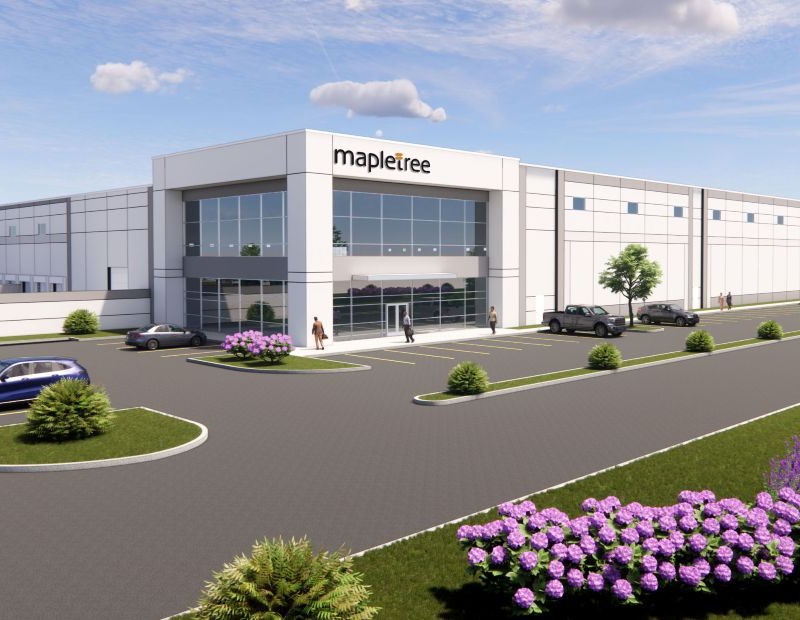
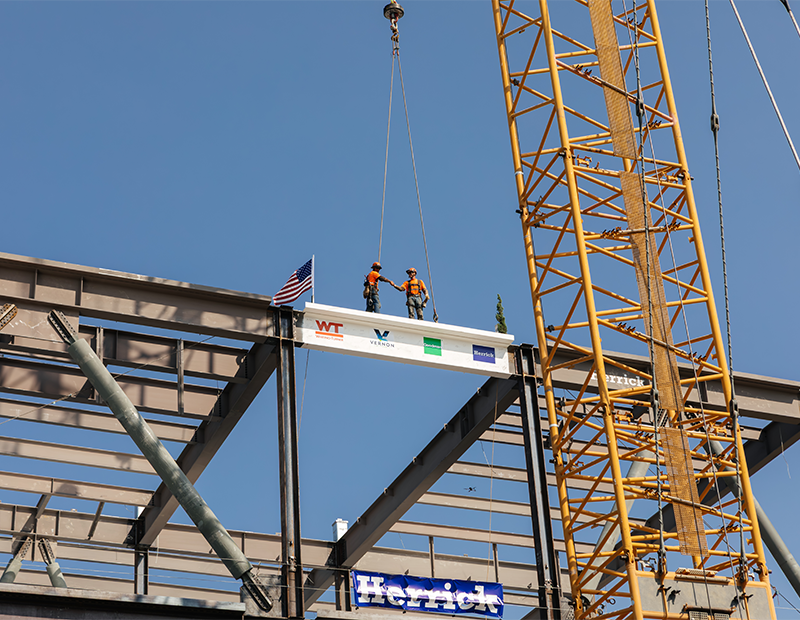
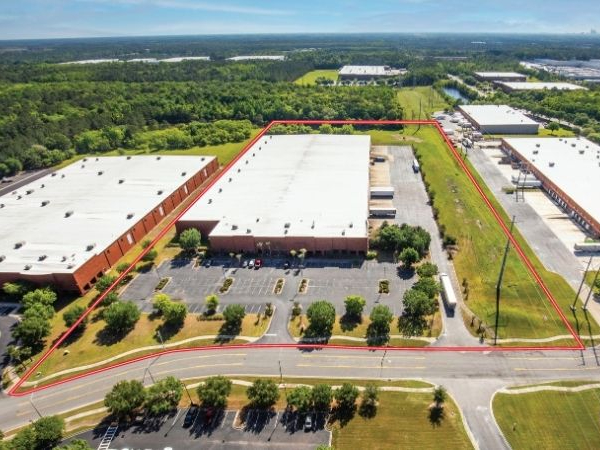

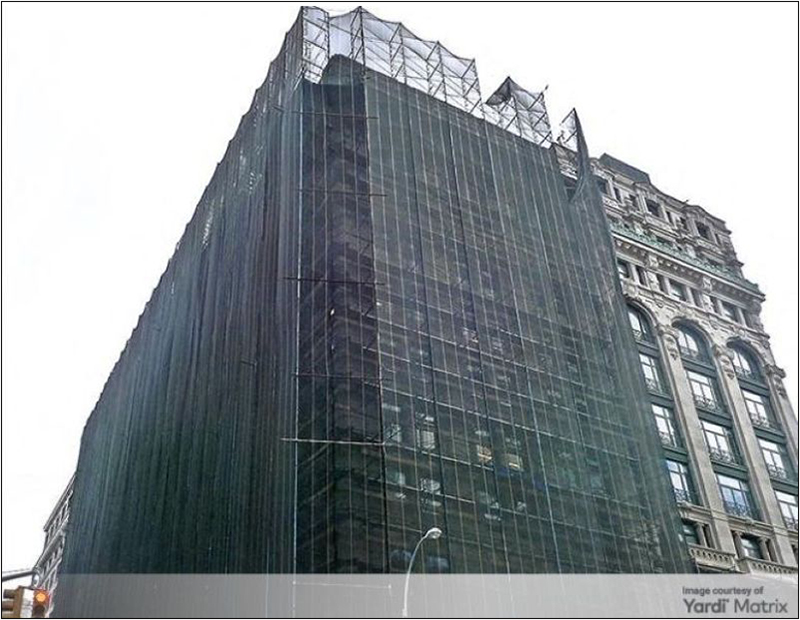
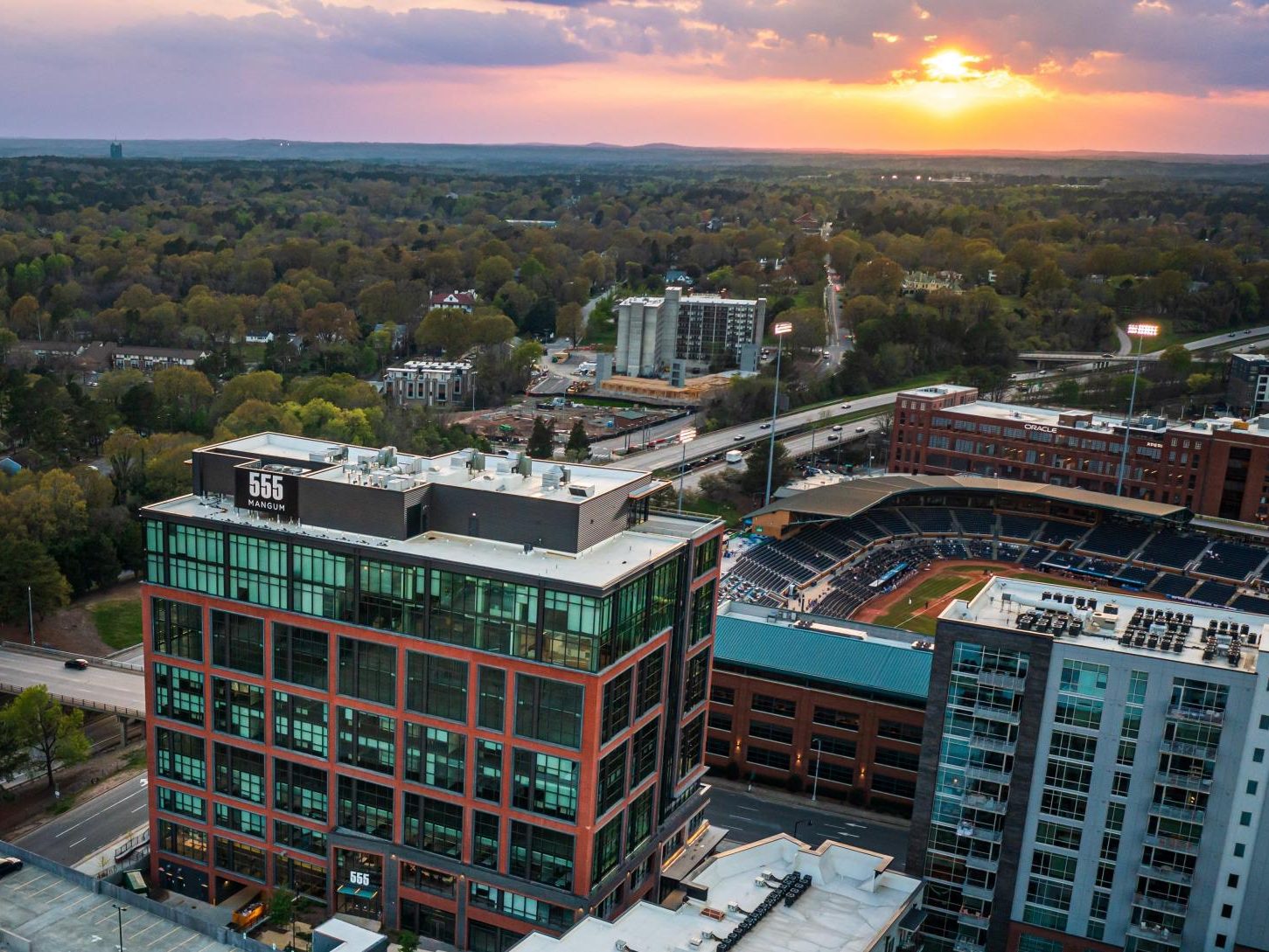
You must be logged in to post a comment.